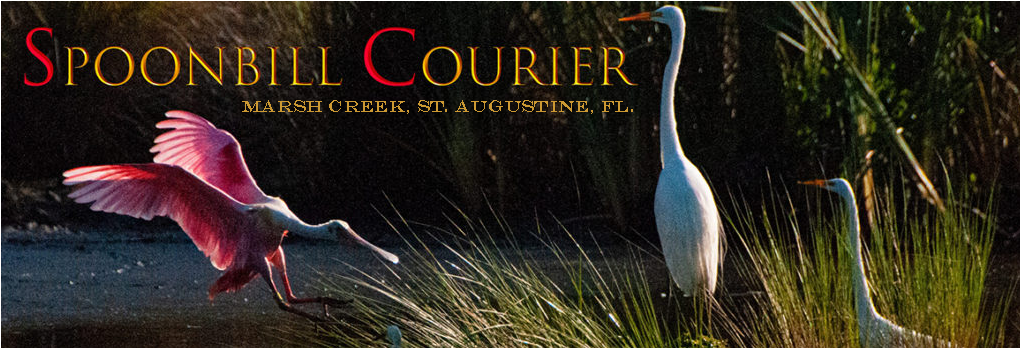Did you know that fjords are found mainly in Norway, Chile, New Zealand, Canada, Greenland, and the state of Alaska?
In 2019, we were fortunate to sample the Norwegian fjords, and recently, almost four years later, we boarded a Viking Cruise out of Buenos Aires to visit Patagonia to see what Chile had to offer.
Heading into the colder waters of the southern Atlantic, we ricocheted from a quick stop in the Falkland Islands to Cape Horn, the tip of South America. The plan was, once “around the horn”, we would turn north up Chile’s Pacific side and into the haunting Chilean fjords.
Cape Horn island (Dutch: Kaap Hoorn; Spanish: Cabo de Hornos; named after the city of Hoorn in the Netherlands) is the southernmost headland of the Tierra del Fuego archipelago of southern Chile.
Cape Horn is widely considered to be the most southerly point of South America, and marks the northern boundary of the Drake Passage; for centuries it has been regarded as a major milestone by which sailing ships carrying trade goods around the world marked their passage. Cape Horn was noted as the halfway point from England to Australia during the nineteenth century clipper route. The waters around the cape are particularly hazardous, owing to strong winds, large waves, strong currents and icebergs. These dangers have made Cape Horn notorious as a sailors’ graveyard.
First, for a point of contrast, this is Norway’s Eidfjord fjord. It was summertime, August.
Warm, calm, inviting, idyllic.

But now, down at the other end of the world, also in summer, January, a polar opposite.
PHOTOS
Chile’s Avenue of the Glaciers, as it’s called, projected cold, gloomy, mystery, a creeping dread and awe amid the ice, snow, rock, and swirling clouds. Before the shortcut provided by the Panama Canal, this was the sea lane that joined the Pacific to the Atlantic. This is what cargo ship captains and adventurers sailed past as they headed northbound for warmer waters, or in the other direction to the risks and possible death in the turbulent Drake Passage ahead, with these scenes as their own Greek oracle.
That eerie feeling peaked during the time the ship spent close to the famed Amalia glacier. Looking back now for a comparison, I think of Harrison Ford’s Raiders of the Lost Ark. You’ll remember near the end, he and his female costar are tied up by Nazi tomb raiders, and “Indy”, Ford’s character, warns his fellow captive to shut her eyes to the maelstrom about to unfold.
Those clouds above the glacier were the trigger, the thought of this siren call to come closer, to allow yourself to become mesmerized by the blue ice of the glacier.
Little supernatural flickers tip-toed along the edge of my thoughts…
But then … the captain ordered the launch of a small tender, the crew tasked with bringing back glacier ice for the 5pm cocktail hour.
Suddenly, back on planet Earth.
A good thing. Some of us might have been getting carried away.
Our sail continued north into warmer Pacific waters, and the Chilean fjords were replaced by more traditional Andean scenes of snow-capped mountains.

We sailed by a little hamlet called San Agustin (yes, St. Augustine) and docked at a fishing town, Puerto Montt. Then a 40-minute bus ride brought us to Puerto Varas, “… a city in southern Chile’s Lake District. It sits on the southwest banks of the expansive Lake Llanquihue, which offers commanding views of snow-capped Osorno Volcano and Calbuco Volcano, both still active. Traditional German-style architecture characterizes the town, reflecting its colonial past.

Along the modern town waterfront, a local artist has created playful works of art from old, discarded metal. A gaucho with wings and a peace symbol, a few horses and assorted other creations, finally arriving at a surreal scene: with German architecture behind him, a US visitor frames a photo of an active Chilean volcano and a metallic Don Quixote.
We closed out our cruise in Valparaiso, the World Heritage site that doubles as the port for nearby Santiago, Chile’s capital. Homes are built into the hills and those sturdy ones still standing have survived years and years of volcanic activities. The streets are vertiginous and narrow. Getting downhill to downtown and then back requires a combination of buses, funiculars, and honest-to-goodness Olympic strong legs.
Our last stop, Santiago, like Valparaiso, is known for its bohemian cultures. To get the most the capital has to offer, we booked a nice sedate hotel, the Singular Lastarria in the culturally and historically dense center of town. On the evening of our arrival, we left our hotel, and turned the corner into Lastarria, a renowned Santiago neighborhood. On weekend evenings, we quickly discovered, Lastarria takes on a Bohemian vibe that could put Paris’ Left Bank to shame. Well, almost … of course, there is nothing like Paris. But Lastarria blew us away with street dancers, musicians, hole-in-the-wall bars, sidewalk dining, and the latest in pop jewelry, music and counter-culture literature. A small police presence reassured the wary visitor of a suitable measure of security, but the ambiance was all street party, not revolution. Even visiting tourists had no trouble getting into the swing of things.







































I felt like I was there! I so enjoy your travelogues!
Thanks Brenda!
So wonderful to read your travel adventures. Great photography and description!
Danke, Irene. .